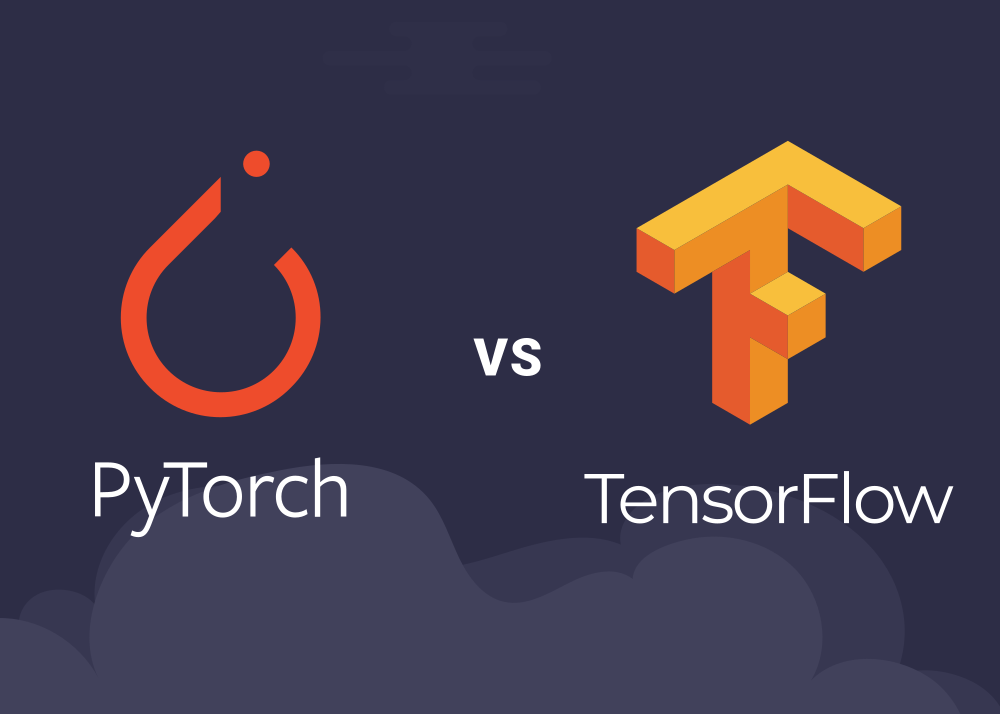TensorFlow vs. PyTorch
A Developer’s Perspective in 2025
Introduction
As a developer entrenched in the evolving landscape of machine learning (ML) and deep learning (DL), the choice between TensorFlow and PyTorch remains pivotal.
Both frameworks have carved niches in the AI ecosystem, with TensorFlow often recommended for "real projects," especially those targeting production environments.
However, insights from prominent figures like Andrej Karpathy, Yann LeCun, and François Chollet offer nuanced perspectives that merit consideration.
The Industry's Leaning Towards TensorFlow
In professional settings, particularly within large-scale systems and production pipelines, TensorFlow's robustness and scalability make it a preferred choice.
Its comprehensive ecosystem, including tools like TensorFlow Serving, TensorFlow Lite, and TensorFlow.js, facilitates seamless deployment across various platforms.
Moreover, TensorFlow's support for distributed training and integration with Google's cloud infrastructure enhances its appeal for enterprise applications.
The Research Community's Affinity for PyTorch
Conversely, the research community exhibits a strong preference for PyTorch. Its dynamic computation graph and intuitive design align well with the iterative nature of research and experimentation.
Notably, Yann LeCun, a pioneer in AI and Meta's chief AI scientist, has expressed his preference for PyTorch, stating, "Why? PyTorch. That's why" X post.
Similarly, Andrej Karpathy, known for his work at Tesla, has highlighted PyTorch's flexibility and developer-friendly interface as key factors in its adoption for research purposes itsabout.ai.
Reconciling the Divergence
The apparent dichotomy between TensorFlow's dominance in production and PyTorch's prevalence in research underscores the distinct priorities of these domains.
While TensorFlow offers stability and scalability essential for production environments, PyTorch provides the flexibility and ease of experimentation crucial for research advancements.
François Chollet, the creator of Keras and a Google AI researcher, has emphasised the importance of choosing the right tool for the task at hand.
In a discussion about the popularity of ML frameworks, he remarked, "Personally, I hate having to compare TF/Keras popularity and PyTorch popularity. I don't care what tools you use -- use what you like" X post.
This sentiment reflects a broader understanding that the choice between frameworks should align with project objectives and team expertise.
Arguments For and Against
TensorFlow
Pros:
Scalability: Efficient handling of large-scale data and complex models.
Deployment Tools: Comprehensive support for deploying models across various platforms.
Community Support: Backed by Google, ensuring continuous development and support.
Cons:
Steeper Learning Curve: The static computation graph can be challenging for newcomers.
Less Intuitive: The framework's design may require more boilerplate code compared to PyTorch.
PyTorch
Pros:
Ease of Use: Dynamic computation graph and Pythonic interface facilitate quick prototyping.
Research Adoption: Preferred by the academic community for its flexibility and ease of debugging.
Integration: Seamless compatibility with research libraries and tools.
Cons:
Deployment Challenges: Less mature deployment tools compared to TensorFlow.
Scalability: While improving, it may not match TensorFlow's performance in large-scale systems.
To sum it up
The choice between TensorFlow and PyTorch is not a matter of one being superior to the other, but rather which aligns best with the specific requirements of a project. For developers, understanding the strengths and limitations of each framework, as well as the insights from industry leaders, can guide informed decisions that enhance both development efficiency and project outcomes.


